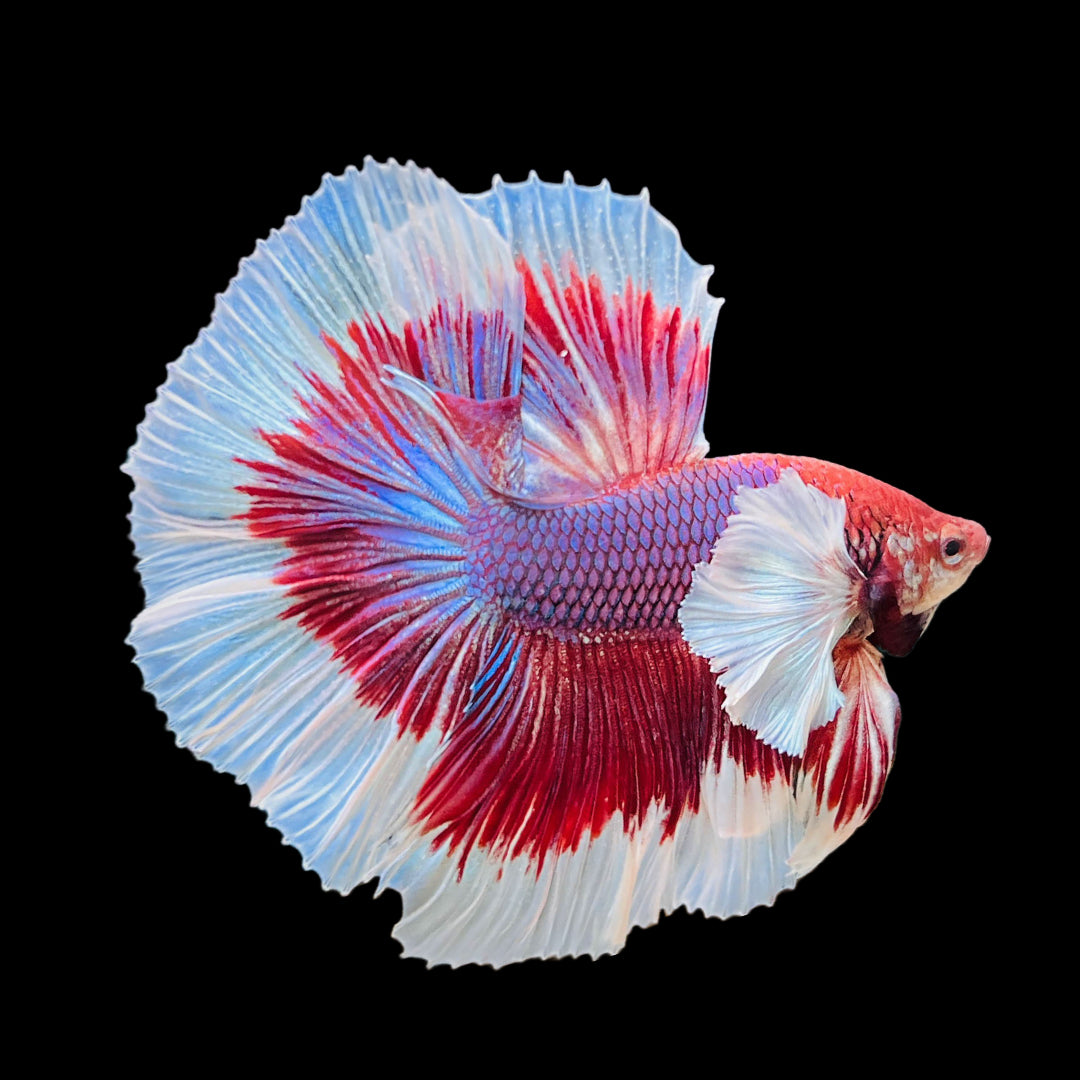How to Breed Betta Fish Effectively: Specialist Techniques and Insights for Hobbyists Seeking To Broaden Their Betta Collection
Reproducing Betta fish needs a nuanced understanding of genes and environmental conditions, making it essential for enthusiasts to come close to the process with both diligence and care. Producing an ideal breeding atmosphere, selecting the right sets, and observing the complexities of their courtship actions are fundamental actions that can considerably impact the end result.
Understanding Betta Fish Genes
Comprehending the genes of Betta fish is critical for successful breeding, as it affects attributes such as shade, fin form, and habits. Betta fish exhibit a diverse range of shades and patterns, greatly identified by their genetic makeup.
In enhancement to coloration, fin morphology is an additional significant facet of Betta genetics (betta fish). The sizes and shape of fins are affected by various genetics, including those that establish whether the fins are short, long, or veil-shaped. Recognizing these hereditary variations aids dog breeders forecast the phenotypic outcomes of their children
Additionally, behavioral attributes such as aggression and territoriality can additionally be influenced by genes. These actions play an essential role in the reproducing procedure, as they can influence spawning success and the total personality of the resulting fry. By adequately comprehending these hereditary principles, breeders can make informed choices, eventually enhancing their breeding programs and achieving desirable results.
Preparing the Breeding Atmosphere
Producing an optimum reproduction atmosphere is vital for the effective reproduction of Betta fish. The initial action in preparing this environment is to choose a proper breeding storage tank, ideally ranging from 5 to 10 gallons.
Next, take into consideration using a sponge filter or an air stone to give gentle water blood circulation without developing solid currents that can stress the fish. It is vital to mount plants or reproducing cones to use concealing spots and promote convenience for the lady during the spawning procedure. Floating plants, such as Java moss or water sprite, can likewise create an extra natural atmosphere while promoting bubble nest structure by the male.
Before presenting the reproducing sets, make certain the water is conditioned and devoid of harmful chemicals, such as chlorine or heavy steels. betta fish. Normal water adjustments need to be performed to keep optimum water top quality, improving the possibilities of successful reproduction. With these prep work in area, the reproducing atmosphere will certainly sustain the health and wellness and wellness of both Betta fish
Choosing Breeding Pairs
Selecting the right breeding pairs is my site vital for attaining effective Betta fish reproduction. When choosing your breeding pairs, take into consideration numerous vital aspects including wellness, character, and genetics. Healthy Betta fish show lively colors, clear eyes, and active actions. Picking fish that are devoid of illness makes certain a much better opportunity of generating practical offspring.
Personality is one more essential consideration, as Betta fish are recognized for their aggressive nature. It is a good idea to select a male and lady that display compatible personalities to lessen tension during the breeding process. A tranquil male can encourage a smoother courtship, while a lady that is also hostile may disrupt the process.
Hereditary history additionally plays a official site considerable role in the high quality of the offspring. Reproducing fish that are genetically diverse can minimize the threat of hereditary health concerns and enhance the general vitality of the fry. It is useful to look into the family tree of both the man and female, concentrating on desirable attributes such as fin kind, color patterns, and dimension.
The Reproduction Refine
The breeding procedure of Betta fish requires careful planning and attention to detail to make sure a successful result. At first, it is essential to prepare an ideal breeding tank, ideally a 5-10 gallon fish tank with a temperature level maintained at 78-80 ° F. The container should be geared up with a heating unit, filter (ideally sponge type to stay clear of strong currents), and lots of marine plants for the woman to hide.
Once the setting is established, introduce the selected reproducing pair to the container, enabling them to adjust. Observe their behavior; the man will show elaborate courtship rituals, consisting of flaring his fins and developing a bubble nest. If the female shows interest, she will certainly show upright red stripes indicating readiness for spawning.
When the lady is responsive, the set will involve in a breeding embrace, throughout which the male feeds the eggs. Maintaining optimum water conditions during this go to website duration is vital for the development of healthy and balanced Betta fry.
Caring for Betta Fry

Feeding Betta fry is critical, as they require a diet regimen high in protein. At first, they can be fed infusoria or fluid fry food, transitioning to carefully smashed high-quality pellets as they expand. Feed little sections several times a day to motivate healthy and balanced growth without overloading the storage tank with uneaten food.

As they grow, monitor their growth very closely and separate any hostile individuals to prevent damage. By giving a supporting setting and appropriate nutrition, hobbyists can effectively increase Betta fry into vibrant, healthy fish, eventually enhancing their breeding undertakings.
Final Thought
Successful Betta fish breeding needs precise interest to hereditary option, ecological conditions, and treatment for the fry. By understanding the genes of Betta fish and preparing a suitable reproduction setting, hobbyists can enhance the opportunities of producing dynamic, healthy children.